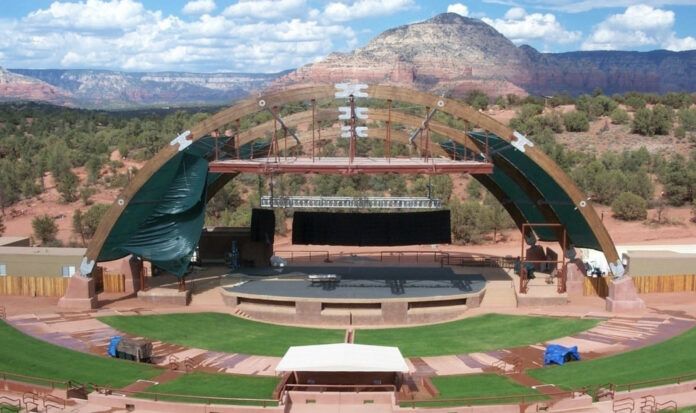In a bold move, the City of Sedona recently purchased unused land to address the pressing issue of affordable housing in the region. By acquiring and repurposing this land, the city is demonstrating a commitment to a more inclusive and diverse community while alleviating the housing pressure faced by lower-income residents.
The Sedona Cultural Park has long been a symbol of artistic expression and cultural enrichment in Sedona. Once a thriving hub for local talent and international artists, the park has recently faced challenges in visitor attendance, financial support, and overall engagement. However, new developments and initiatives, including focusing on affordable housing and community involvement, are paving the way for a revitalized future for this iconic park.
In its heyday, the Sedona Cultural Park hosted diverse cultural events, such as music concerts, theatrical performances, and art exhibitions. Renowned artists worldwide flocked to Sedona, transforming the city into a cultural hotspot. Sadly, the park’s fortunes have declined in recent years, leaving its potential underutilized and its future uncertain.
A recent meeting by the Osher Lifelong Learning Institute (OLLI) at Yavapai College delved into the rich history of the Sedona Cultural Park and presented a compelling vision for its revival. The report emphasized the importance of refocusing on the park’s original vision, fostering strong partnerships, and investing in creative initiatives to recapture its former prominence as a cultural haven.
This innovative approach to affordable housing clearly indicates the local government’s dedication to preserving the park’s cultural heritage while adapting to the evolving needs of its residents. Furthermore, the development signifies a fresh start for the park, setting the stage for a more collaborative, sustainable future.
As the Sedona Cultural Park undergoes this transformative period, the city and its stakeholders must work together to ensure its continued success. By addressing the community’s cultural and residential needs, the city can create a vibrant, inclusive environment that benefits residents and visitors alike. With renewed focus and investment, the Sedona Cultural Park can once again become a shining beacon of artistic expression and cultural growth.
The Pros and Cons of Reopening the Sedona Cultural Park Amphitheater
The Sedona Cultural Park Amphitheater once played a vital role in the city’s cultural scene, hosting various events, performances, and exhibitions. As discussions about revitalizing the park gain momentum, the pros and cons of reopening the amphitheater must be carefully weighed to determine the best course of action. Here, we explore the advantages and disadvantages of reopening the venue, considering factors such as noise regulations, parking, cost, traffic, and the overall benefits to residents and visitors.
Pros:
- Cultural enrichment: Reopening the amphitheater would provide a dedicated space for cultural events and artistic expression, enriching the lives of residents and attracting visitors.
- Economic boost: Concerts, performances, and other events held at the amphitheater would stimulate the local economy, benefiting restaurants, hotels, and shops in the area.
- Community engagement: The amphitheater could serve as a gathering place for the community, fostering a sense of belonging and unity among residents.
- Increased tourism: A revitalized amphitheater could draw more tourists to Sedona, boosting the local economy and elevating the city’s reputation as a cultural destination.
- Employment opportunities: Hosting events at the amphitheater would create jobs, directly and indirectly, for locals in the hospitality, entertainment, and service industries.
Cons:
- Noise concerns: Reopening the amphitheater could lead to increased noise levels, which may disturb local residents and potentially violate noise regulations.
- Parking challenges: Inadequate parking facilities near the amphitheater could cause congestion and inconvenience for residents and visitors alike.
- High costs: The costs of renovating, maintaining, and operating the amphitheater could be significant, and securing funding may prove challenging.
- Traffic congestion: The influx of visitors to the amphitheater could lead to increased traffic in the area, causing disruptions and frustration for local residents.
- Limited usage: The amphitheater may only be suitable for seasonal use due to weather constraints, potentially limiting the benefits it provides to the community.
In conclusion, reopening the Sedona Cultural Park Amphitheater presents both opportunities and challenges. While revitalizing the venue could offer cultural, economic, and social benefits, issues such as noise, parking, cost, and traffic must be carefully considered and addressed. A well-planned and managed reopening could maximize the benefits while minimizing the drawbacks, ensuring that the amphitheater serves as a valuable asset for the Sedona community.



